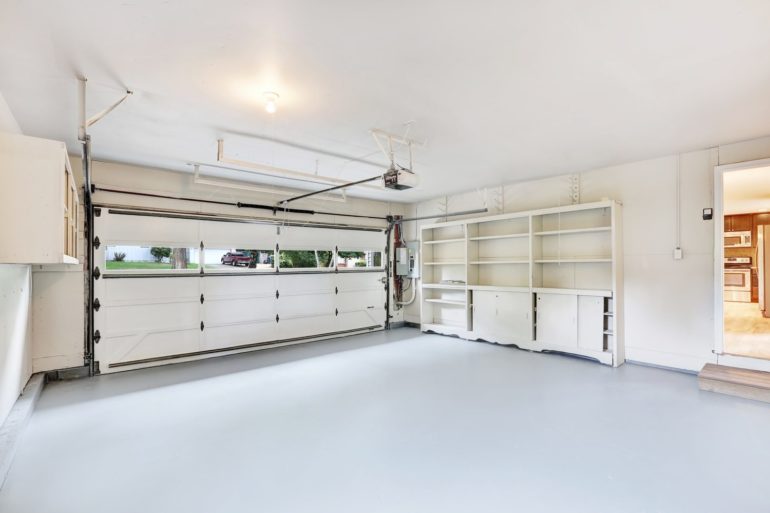How to Make Your Garage More Eco-Friendly
From adding more efficient attic insulation to using triple-glazed windows, homeowners are constantly taking more and more steps to make their homes more energy-efficient. While that means the home is more eco-friendly, burning less electricity and/or gas and oil to keep the interior comfortable, most of us are insulating our homes for more selfish reasons. We often make energy-saving upgrades to save money on energy costs and/or take advantage of government rebates to defray the costs of the renovations.
Regardless of the reason, there’s one part of the home that few homeowners think to include in their eco-friendly renovations. Can you guess what area that is, considering that this is a garage door blog?!
Interestingly, while not so many homeowners take steps to make their garage greener, it can be the source of some of the biggest energy wastes in the house. Uninsulated walls and doors mean that the garage can be almost as cold or warm as outside. But garages often share many common walls with the house and we don’t always take the same precautions to keep the door to the garage closed as we do to the other main entry doors to the house.
So when you make your garage more environmentally friendly, you also help to make your home more environmentally friendly, and less costly to heat and cool.
Below are some of the things you can do to your garage to keep cold air out in winter and cool air in during summer, all while making your home more comfortable and less costly to run.
1. Get Rid of Incandescent and Neon Lighting
You’ve done it elsewhere in your house, so now it’s time to reduce the power you use to light your garage. Even though your garage probably doesn’t use a lot of lighting, switching to CFL or LED fixtures will still make a difference. And if you do want to increase the lighting in your garage to make it more useful for different purposes, LEDs and CFLs will let you do so while still using less electricity than a couple incandescent bulbs.
2. Insulate the Garage
Any garage walls that border the outside should be insulated and sealed using energy-efficient building materials. Spray foam insulation often offers the highest R-value for the least thickness of insulation, but foam board and batt insulation can work too. Seal any cracks or gaps, like those that may be around windows, with caulking and insulate any pipes and ductwork.
3. Install an Insulated Garage Door or Insulate the Existing Door
The sheer size of even a single-width garage door can make it a substantial source of energy loss, regardless of whether the rest of the garage is insulated. You can insulate an existing door with rigid foam board insulation.
4. Keep Your Garage Door Opener in Peak Operating Condition
Garage door openers often operate for many years without maintenance and repair. But that doesn’t mean they’re using energy efficiently. If they are not checked regularly to make sure there’s nothing putting extra strain on the motor, like rollers that are sticking, they can draw more power while still seeming to work properly.
If you hear any unusual sounds coming from the opener or the doors, springs, and rollers while the door is moving, it could mean the motor is doing more work than it has to. Always check the roller tracks and lubricate the door hinges and any other moving parts.
If your door is out of balance, it can put more stress on the motor than just about anything else. You can regularly check the balance of your door by disconnecting the opener, which is usually done by pulling the release handle/cord and manually raising the door halfway up. If it doesn’t easily stay in that position, your garage door may be out of balance.
The best way to keep your garage door and garage door opener working well, or to repair and replace them, is to give us a call here at Upper Canada Garage Door.

